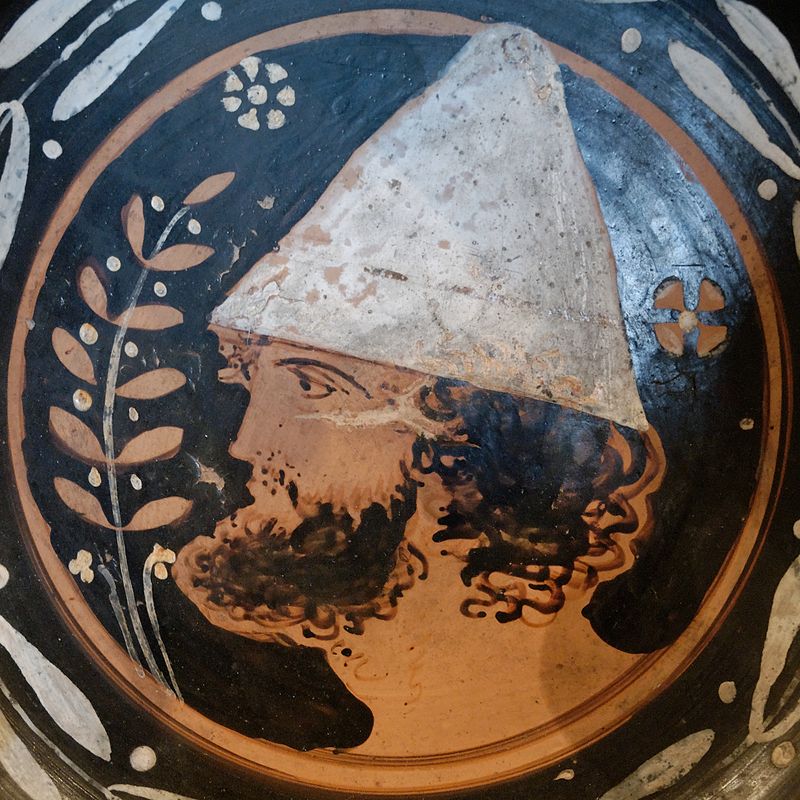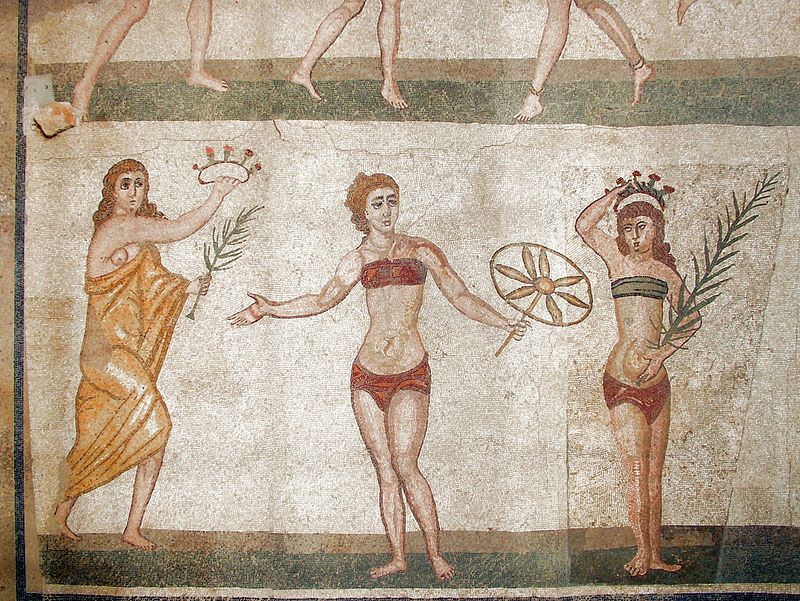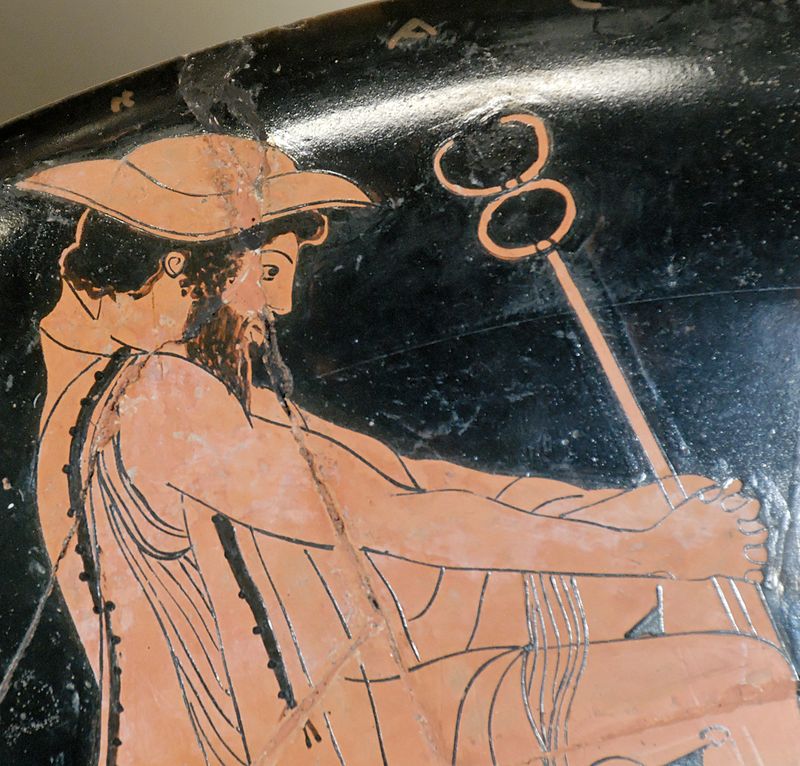Greece’s citizens haven’t been fans of fashionable hats in recent years. Wearing a hat, as in other parts of the world, may be perceived as bizarre or pompous by others. Instead, they have adopted a more relaxed attitude and may onlywear baseball hats to protect themselves from the sun.
However, Greece has a long history of wearing a variety of hats. Here are some facts about Greek hats that you might not know, which are expanded below. Continue reading for fascinating information on ancient Greek hats and headdresses.
Greek Headwear

Mycenaean, Minoan, and Greek cultures are the three major societies of ancient Greece. Each of these societies established sophisticated civilizations, and those that came before them influenced those that came after them. The Greeks created various ways of accessorizing the head in total.
Long hair was valued by both women and men in Minoan society, which formed on the Greek island of Crete around 3000 BCE. Frescoes, paintings on wet plaster, palace walls, and pictures on pottery depict women and men with long, wavy black hair reaching from the shoulders to the buttocks.
Men wore long hair down their backs and occasionally grew mustaches or beards. Some people had short hair.
Long hair was styled elaborately by women. Women are depicted in paintings and pottery with sections of their hair tied or waved in various knots.
Both men and women wore hats. Religious figures are depicted wearing flat or three-tiered cone-like hats with elaborate decorations, such as animal statues and feathers like peacock plumes.
Mycenaean society, which evolved on what is now Greece’s mainland, was heavily influenced by Minoan society, which formed on the island of Crete. Although the Minoan culture had declined when the Mycenaeans arrived in Crete, the Mycenaeans absorbed much of it.
Their hairstyles were similar to the Minoans’ in the early years but much more meticulously styled in long curls fastened by richly decorated diadems (or crowns) and ribbons. Mycenaean men later cut their hair short or bound it tightly to their heads and grew beards, possibly for convenience, as they entered several wars.
Following the collapse of the Mycenaean and Minoan civilizations around 1200 BCE, Greek society developed. Hair was a beautiful and important fashion accessory to the Greeks, and they invented many hairstyles (check out the strangest hairstyles throughout history) and accessories. Both women and men wore long hair in the early days of Greek society, typically tied with a headband.
Greeks in Sparta, Greece’s central region, believed their long hair bestowed them with exceptional strength and powers. Women and men wore wigs and other hair pieces to achieve the most beautiful styles.
Greeks also found it stylish to darken or dye their gray hair blond. Greeks lightened their hair by washing it in potash made from wood ashes, soaking it in yellow flowers, and drying it in the sun. They also used oils to make the hair shine.
Greek hairstyles grew increasingly restrained as society evolved over hundreds of years. Both men and women used hair bands to twist and tie up their hair.
Women adorned their heads for special occasions with ornamental metal bands called Stephane, which resembled modern-day tiaras. Women often wrapped their bound-up hair with scarves aptly named sphendone or caps like the sakkos, a soft woven cap with a piece of material wrapping the head or a tassel hanging from the center, by the early fourth century BCE.

In the sixth century BCE, men increasingly wore their hair short until the fourth-century BCE, when the Greek ruler, Alexander the Great (356-323 BCE), restored the fashion for longer hair. Men began cutting their hair again in the third century and wore it short until the climax of Greek rule in 146 BCE. Short curls and ones combed away from the face were popular styles.
For most of early Greek history, Greek men could choose whether or not to wear mustaches or beards based on personal preference. Beards could be worn pointed, full, or closely cropped, with or without a mustache. However, Alexander the Great helped popularize the appearance of clean-shaven skin, and fewer men wore beards after his reign.
Greek men wore hats for practical reasons rather than for fashion. Farmers, soldiers, and travelers wore petasos, pilos, and Phrygian caps for work or travel. Golden ornaments or wreaths made with natural branches were worn for special occasions and to represent great honors.
Petasos and Pilos

From 1200 to 146 BCE, the two most common headwear worn in Greece were the pilos and the petasos. The most common material utilized to make the hats was felt, a smooth cloth, but they also used other materials such as leather and straw.
Many felt hats shaped into cone shapes with a tiny rolled brim had been discovered throughout Greece. Laborers wore these headdresses. Hats were typically named after the geographical area in which they were worn in each region.
Scholars, however, have been unable to distinguish between these various regional hats and have finally come to refer to all of these felt hats with small brims as pilos. Hephaestus, the Greek god of metalworking and fire, is frequently depicted wearing pilos.
The petasos, a larger hat, protected Greeks from the heat of the sun and rain, especially when on the move. The petasos was a wide-brimmed, low-crowned hat with a strap to keep it on the wearer’s head or hang it down the back until needed. The petasos’ brim could be shaped in a variety of ways.
The earliest petasos had upturned back brims; later versions had decorative brims cut into shapes. The petasos is thought to have originated in the Greek region of Thessaly.
Both the petasos and the pilos gained popularity in other cultures. Etruscan men from the area now central Italy wore these hats developed by the Greeks from 750 BCE to 200 BCE.
Later, between 509 BCE and 476 CE, Roman men wore hats similar to Greek petasos and pilos. Serbian hatmakers made these hats until just before the second world war (1939-45) by rubbing soaked wool fibers between their palms and forming them into close-fitting felt hats.
The post What Type of Hats and Headdresses Were Traditionally Worn in Ancient Greece? first appeared on thedailyvogue.com.








